Introduction: What is Programmatic SEO?
Search engine optimization has evolved far beyond simple keyword stuffing and manual page creation. In today’s competitive environment, websites need strategies that can deliver both scale and precision. This is where Programmatic SEO comes in.
Programmatic SEO is a data-driven content strategy that allows businesses to create and publish hundreds or even thousands of SEO-optimized pages automatically. It is particularly effective for targeting long-tail keywords, enhancing organic visibility, and scaling website traffic without the need to manually write every page.
Why Programmatic SEO is a Game-Changer
Programmatic SEO is designed for growth-focused websites that aim to dominate niche-specific and location-specific searches. By automating the page creation process using structured data and templates, businesses can target thousands of search terms efficiently.
Here’s why programmatic SEO has become the main driver of growth:
- Scalable Content Creation: Create thousands of unique, SEO-friendly pages with minimal manual input.
- Long-Tail Keyword Domination: Target low-competition, high-conversion keywords at scale.
- Automated Efficiency: Reduce time and resource expenditure through automation.
- Enhanced SERP Presence: Capture more search real estate by ranking for variations of a core keyword.
How Programmatic SEO Works
The foundation of Programmatic SEO lies in the use of structured data, keyword segmentation, and template-based content generation. Below is a step-by-step overview of how it works:
1. Extensive Keyword Research
Start by identifying a broad category relevant to your business. Break this down into thousands of long-tail keyword combinations using tools like Google Keyword Planner, Ahrefs, or SEMrush. Focus on modifiers like location, intent, use case, or industry.
Example: A travel site might generate keywords like “Best hotels in [City]” for 500+ cities.
2. Create SEO-Friendly Templates
Design templates that include headings, internal links, meta tags, and structured content blocks. Each template should accommodate variable data inputs (like names, locations, and features) without compromising on content quality.
3. Build or Source a Data Set
Gather relevant data that can populate your templates. This can be from your product catalog, service database, or external APIs. Ensure the data is clean, structured, and consistent.
4. Automate Page Generation
Use a content management system (CMS) or custom scripts to auto-generate pages using your data and templates. Each page should be optimized with a unique title tag, meta description, URL slug, and on-page content.
5. Submit and Monitor
Upload XML sitemaps to Google Search Console to prompt indexing. Monitor crawl rates, performance metrics, and page health regularly.
Real-World Examples of Programmatic SEO
Many high-traffic websites top Google’s search results not by manually creating individual content, but by creating thousands of optimized pages through automation and structured data using programmatic SEO. Below are detailed examples of how well-known companies use this approach effectively:
1. Zomato – Localized Restaurant Listing Pages
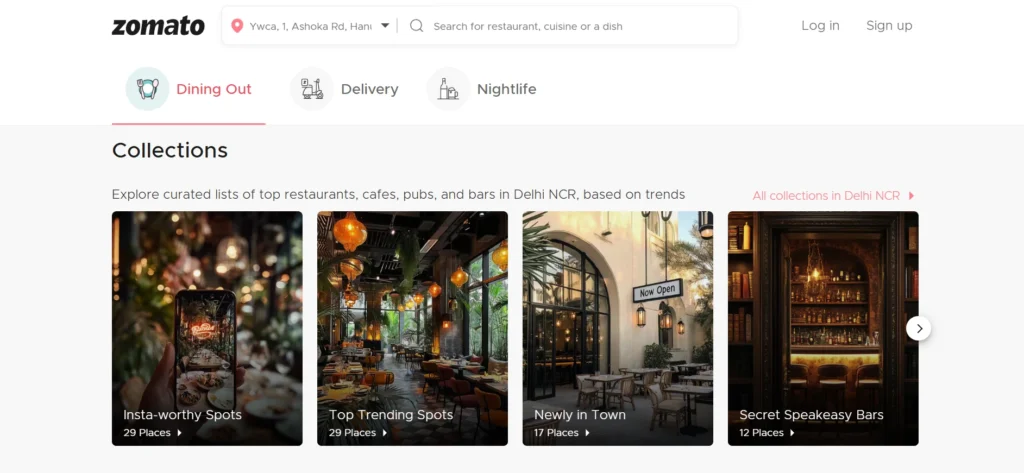
How it works:
Zomato uses programmatic SEO to create separate landing pages for every combination of restaurant category, cuisine, and location. For instance, there’s a unique page for “Best Chinese restaurants in Andheri, Mumbai” or “Top Cafes in Koramangala, Bangalore.”
Why it’s effective:
Each of these pages targets long-tail, location-specific search queries that users actively type into Google. Since the content is generated using a structured database of restaurant details (location, ratings, cuisine type, etc.), Zomato is able to scale across cities and serve hyper-relevant content to users without manually building each page.
2. Canva – Template-Based Design Pages
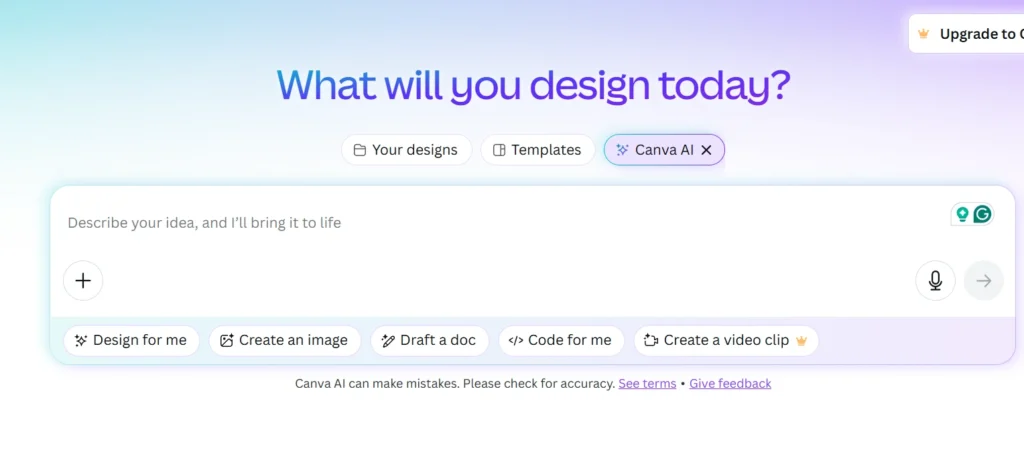
How it works:
Canva creates dedicated pages for each of its thousands of design templates, such as “Instagram Story Templates”, “Resume Templates”, or “Wedding Invitation Designs.” These pages are automatically populated with images, descriptions, and relevant keywords.
Why it’s effective:
This lets Canva rank for high-intent, niche searches like “free birthday card templates” or “professional business card design.” By using a templated layout and inserting variable content dynamically, Canva Massive value while maintaining strong on-page SEO consistency.
3. Zapier – App Integration Pages
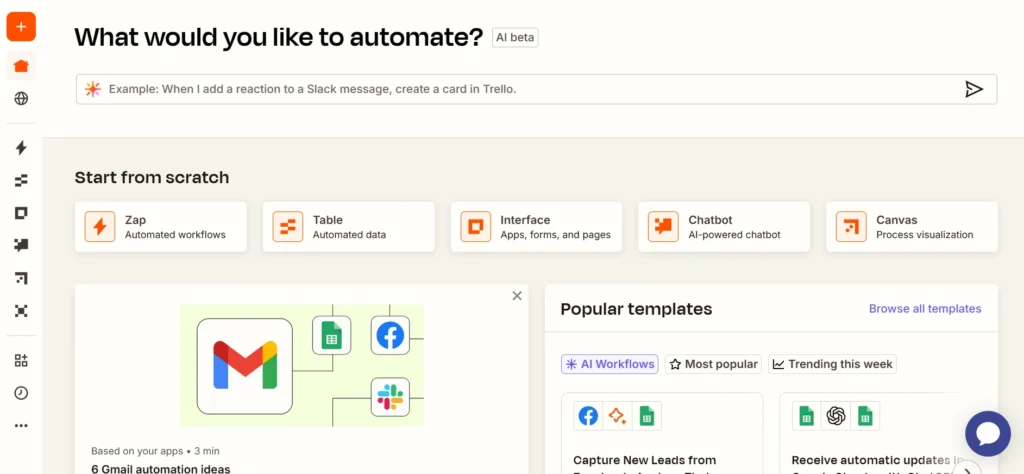
How it works:
Zapier builds a unique page for nearly every possible app integration—like “Connect Slack to Trello” or “Send Gmail attachments to Google Drive.” These are created programmatically based on a matrix of app pairings and common use cases.
Why it’s effective:
Each integration page matches specific search intent related to automation workflows. Users looking for ways to link apps often search for terms like “how to integrate Slack with Google Sheets.” Zapier capitalizes on this by offering a unique page that answers the query directly, boosting both SEO and product adoption.
4. Naukri – Job Listings by Title, Location, and Industry
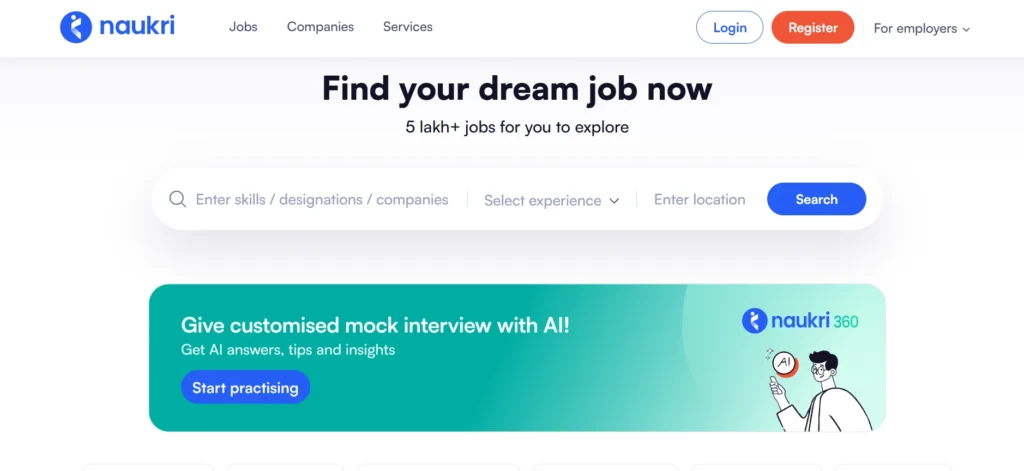
How it works:
Naukri segments job listings using filters like job title, company, industry, skills, and location. Pages such as “Marketing Jobs in Delhi” or “IT Jobs for Freshers in Bangalore” are generated automatically from job feed data.
Why it’s effective:
Job seekers search using very specific phrases. By creating structured, filter-based landing pages for each search variation, Naukri dominates long-tail job queries. This programmatic model keeps listings fresh and relevant while significantly expanding keyword reach.
Advantages and Disadvantages of Programmatic SEO
Programmatic SEO, when implemented with a clear content strategy and robust technical structure, offers marketers the ability to generate search-driven growth at scale. However, it also comes with challenges that require strategic foresight and ongoing maintenance.
Advantages of Programmatic SEO-
- Mass Content Production with Minimal Manual Effort
Marketers can automatically create large quantities of web pages by leveraging structured data and dynamic content templates. This is especially beneficial for targeting niche keywords, location-based searches, or product categories without writing each page manually. - Scalable Long-Tail Keyword Targeting
Unlike traditional SEO, programmatic approaches enable ranking for a wide range of long-tail keywords. These keywords often have lower competition and higher conversion intent, helping you capture overlooked search traffic and outperform competitors who focus only on head terms. - Improved Internal Linking and Site Architecture
A well-structured programmatic strategy creates consistent URL patterns and interconnected content. This strengthens your internal linking strategy, boosts crawlability, and supports topic clustering, which improves topical authority and indexing speed. - Lower Long-Term Acquisition Costs
Once the initial setup is complete, programmatic SEO delivers a cost-effective alternative to paid advertising. Pages continue to attract organic traffic over time without recurring ad spend, lowering your cost per lead or sale. - Personalized User Experience Through Dynamic Content
By using real-time data (like location, product specs, or user behavior), you can create hyper-relevant, dynamic landing pages that directly align with user intent, improving dwell time, reducing bounce rates, and enhancing engagement. - Faster Market Penetration Across Multiple Verticals
For startups or agencies looking to enter new verticals, programmatic SEO allows for rapid content deployment and testing across industries, helping you validate product-market fit quickly through search performance.
Disadvantages of Programmatic SEO
- Thin or Duplicate Content Risk
Automatically generated pages can easily result in thin content if not carefully structured with unique value. This increases the risk of Google penalties or deindexing, especially if pages offer limited differentiation beyond a keyword swap. - Technical Complexity and Maintenance Load
Effective programmatic SEO relies on well-organized data, flexible content templates, and a content management system that is able to handle scale efficiently.. Without solid technical SEO practices, you may face indexing issues, crawl errors, or broken internal links, which can hurt site health and visibility. - Limited Branding and Voice Consistency
When producing content in bulk, maintaining a consistent brand tone and messaging becomes difficult. The result can be robotic-sounding copy that fails to engage users or reflect your brand’s unique personality. - Requires Strong Data Infrastructure
Successful programmatic SEO depends on accurate, structured, and up-to-date datasets. If your data sources are incomplete or misaligned, the resulting pages can be irrelevant, misleading, or even damaging to your credibility. - Over-Reliance Can Lead to Shallow Topical Depth
While programmatic content is great for breadth, it can lack the deep, authoritative insights that Google often favors for competitive terms. Without complementary editorial content, you may struggle to rank for high-value head keywords. - Potential for User Experience (UX) Dilution
Scaling quickly can sometimes sacrifice design consistency, mobile responsiveness, or UX flow. If your templates aren’t optimized for all devices or content types, it may lead to high bounce rates or poor engagement metrics, even with solid rankings.
Step-by-Step Blueprint for Programmatic SEO That Actually Works

Programmatic SEO offers unmatched scale, but scale without strategy can hurt more than help. The real power lies not in mass page creation, but in delivering consistent value across every automated page. Below are key best practices to make your programmatic SEO efforts sustainable, effective, and search-friendly.
1. Prioritize Content Depth – Avoid Thin or Repetitive Pages
Don’t just fill templates—fill them with purpose.
Search engines can detect boilerplate or duplicate content easily. To stand out, enrich each page with valuable elements like:
- Unique descriptions tailored to each data set (e.g., product specs, city info, industry context)
- User-generated content (ratings, testimonials, comments)
- FAQs or tips related to the page’s topic
- Contextual facts or comparisons from your database
Adding depth ensures each page meets search intent and avoids Google’s “thin content” penalty.
2. Build Intelligent, SEO-Ready Templates
Your template is your page’s foundation. Build it like a pro.
A strong template isn’t just about layout; it should be technically sound and semantically rich. Ensure that every dynamic page:
- Has a unique
<title>and meta description using relevant variables - Uses proper heading hierarchy (H1 for primary keyword, H2-H3 for subtopics)
- Features clean, mobile-responsive HTML/CSS
- Loads quickly and passes Core Web Vitals
A single mistake in your template can multiply across thousands of pages, so test thoroughly before scaling.
3. Use Schema Markup Strategically
Structured data enhances both visibility and click-through rates.
Implement schema.org markups like:
Product,Recipe, orJobPostingfor listing-based pagesBreadcrumbListto clarify site hierarchyFAQPageorReviewfor added SERP features
Schema helps search engines interpret your data better, often resulting in rich snippets (stars, ratings, FAQs) that boost CTR and credibility.
4. Create Smart, Dynamic Internal Linking Systems
Internal links aren’t just for SEO; they shape the user’s journey.
Use automated logic to:
- Link between related pages (e.g., “See jobs in nearby cities” or “More templates like this”)
- Point to relevant high-authority blog posts or category hubs
- Surface recently updated or high-performing content dynamically
This not only spreads link equity efficiently but also keeps users engaged longer on your site, signaling quality to Google.
5. Monitor Crawlability and Indexation Closely
Don’t assume Google will love all your pages. Prove their worth.
After deployment, many pages might get crawled but not indexed due to low quality, duplication, or low demand. Stay on top by:
- Submitting your sitemap to Google Search Console
- Monitoring the Index Coverage report for errors or exclusions
- Using tools like Screaming Frog or Ahrefs to check for crawl waste, dead ends, or orphaned pages
- Pruning or consolidating underperforming pages over time
Remember: quality at scale beats quantity alone.
6. Ensure Keyword Variation Without Cannibalization
Every page should target a distinct long-tail query.
Avoid generating multiple pages that compete for the same search term. Instead:
- Map keywords carefully before scaling
- Add modifiers like location, intent, or use case
- Use natural language generation to vary phrasing and structure across pages
This helps prevent keyword cannibalization, where your own pages fight each other in the SERPs.
7. Implement Quality Control Checks
Automated doesn’t mean hands-off.
Regularly audit your content for:
- Broken links or missing fields in templates
- Incorrect data merges (e.g., mismatched city and state)
- Poor UX on mobile devices
- SEO metadata that’s too short, generic, or duplicate
Create a review process where even programmatically built pages go through light editorial checks or AI-driven quality filters.
8. Start Small and Iterate
Never scale what hasn’t been validated.
Launch a limited batch of pages first. Monitor their traffic, indexation, and engagement for 2–4 weeks. Based on real-world performance, optimize your:
- Templates
- Page logic
- Keyword targeting
- UX flow
Once you’re confident, then scale across your full dataset.
Challenges in Programmatic SEO
Even with its advantages, Programmatic SEO can pose some difficulties:
- Duplicate Content Risks: Poorly structured templates may result in overlapping content.
- Index Bloat: Creating too many low-value pages can hurt your overall SEO health.
- Technical Complexity: Requires familiarity with data handling, CMS customization, and SEO structure.
- User Experience Trade-Offs: Pages must balance automation with personalization and usefulness.
To avoid these pitfalls, start with a pilot batch of pages, measure results, and refine your strategy before scaling up.
Is Programmatic SEO Right for You?
Programmatic SEO isn’t for every website, but if you meet the right conditions, it can be a game-changer for scaling organic traffic efficiently.
You’re likely a good fit if:
You want to grow search traffic without ballooning your content team.
Rather than hiring dozens of writers, you can use dynamic templates and automated logic to drive traffic from thousands of long-tail keywords—all while keeping your content budget in check.
You serve multiple locations or audience segments.
Businesses with region-specific offerings—like restaurants, service providers, or real estate platforms—can use programmatic SEO to create location-based pages at scale.
You have access to structured data.
If your website runs on organized databases (think job listings, product catalogs, or app integrations), you can turn that data into valuable, content-rich pages automatically.
You offer listings, templates, or directories.
Whether it’s properties, resumes, tools, or courses, if your site’s structure is repeatable and templated, programmatic SEO lets you scale without reinventing the wheel for every page.
Conclusion:
Programmatic SEO is not a shortcut; it’s a long-term, scalable approach to content marketing. When executed correctly, it allows websites to dominate long-tail search queries, improve user targeting, and drive consistent organic growth without manual content overload.
As Google continues to prioritize content relevance, search intent, and structure, the ability to efficiently generate valuable content at scale becomes a competitive edge. Programmatic SEO delivers exactly that when built with strategy, data integrity, and SEO best practices.
If you’re looking to scale your organic growth, increase SERP presence, and target your audience with precision, Programmatic SEO is your next logical step.
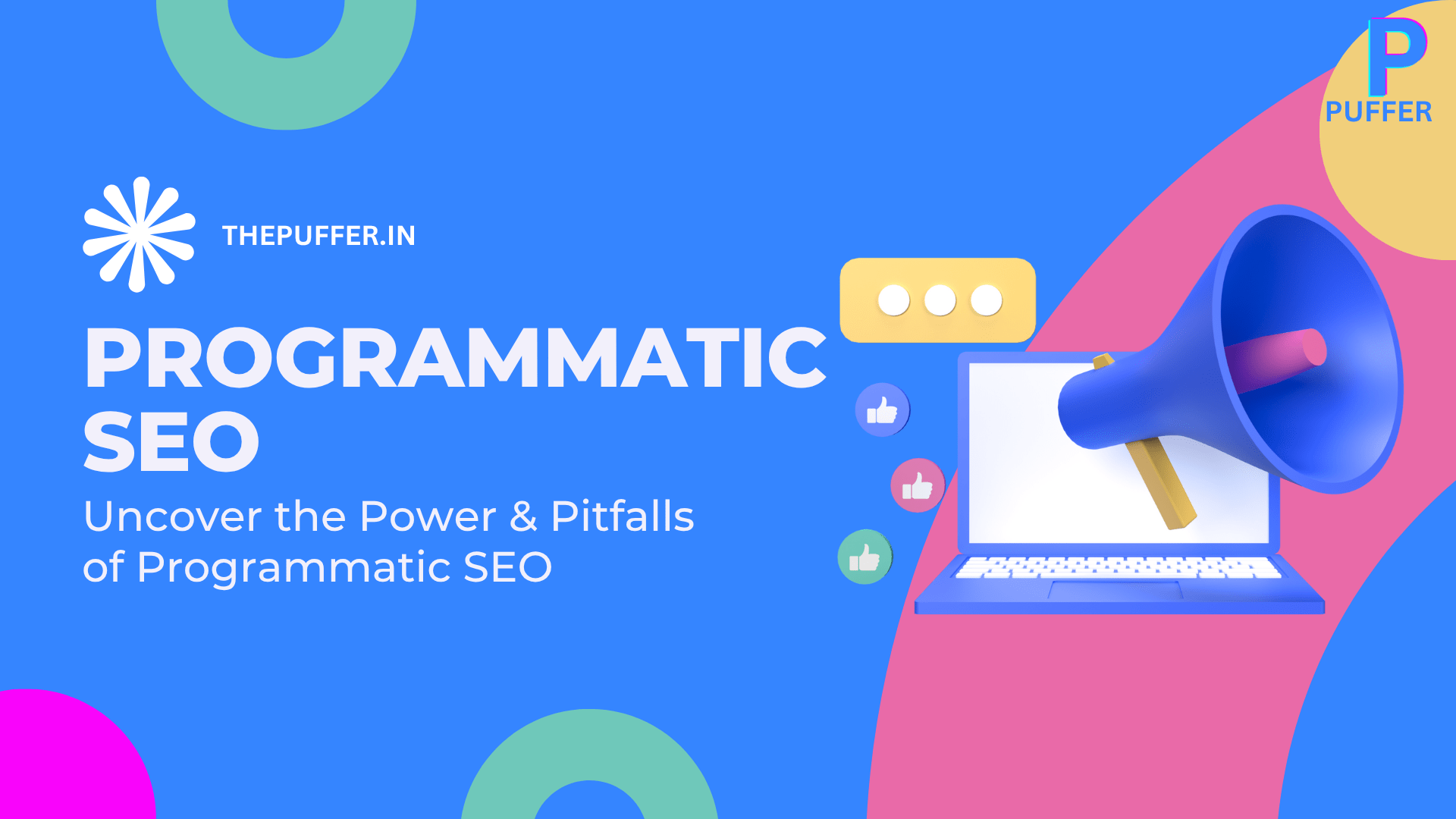
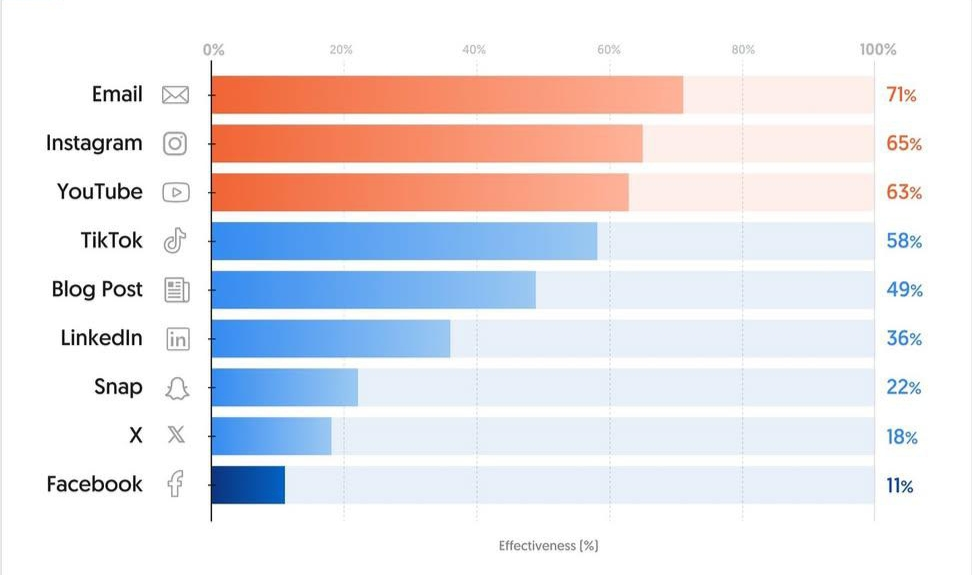
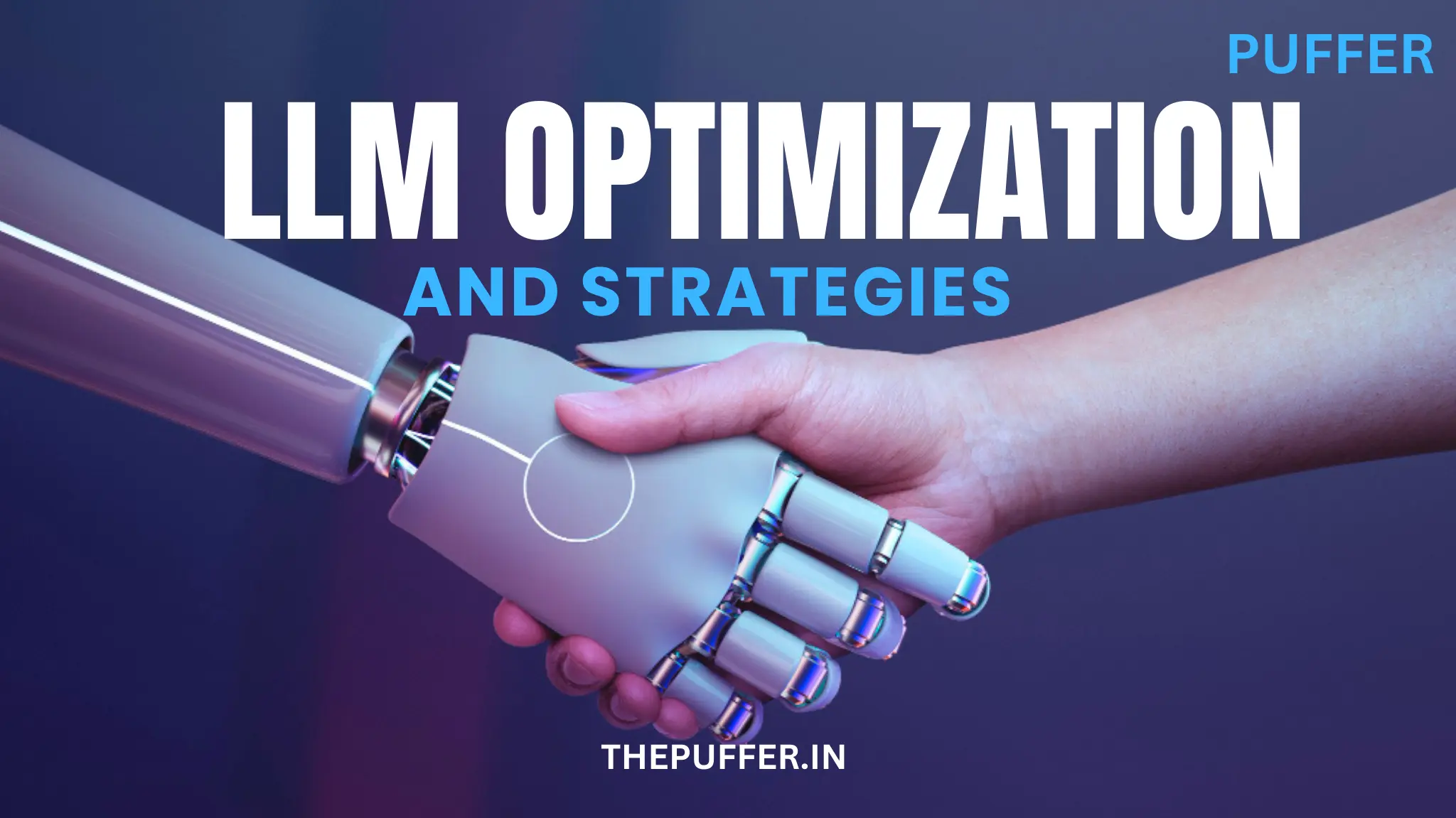
You have remarked very interesting details! ps nice site. “By their own follies they perished, the fools.” by Homer.